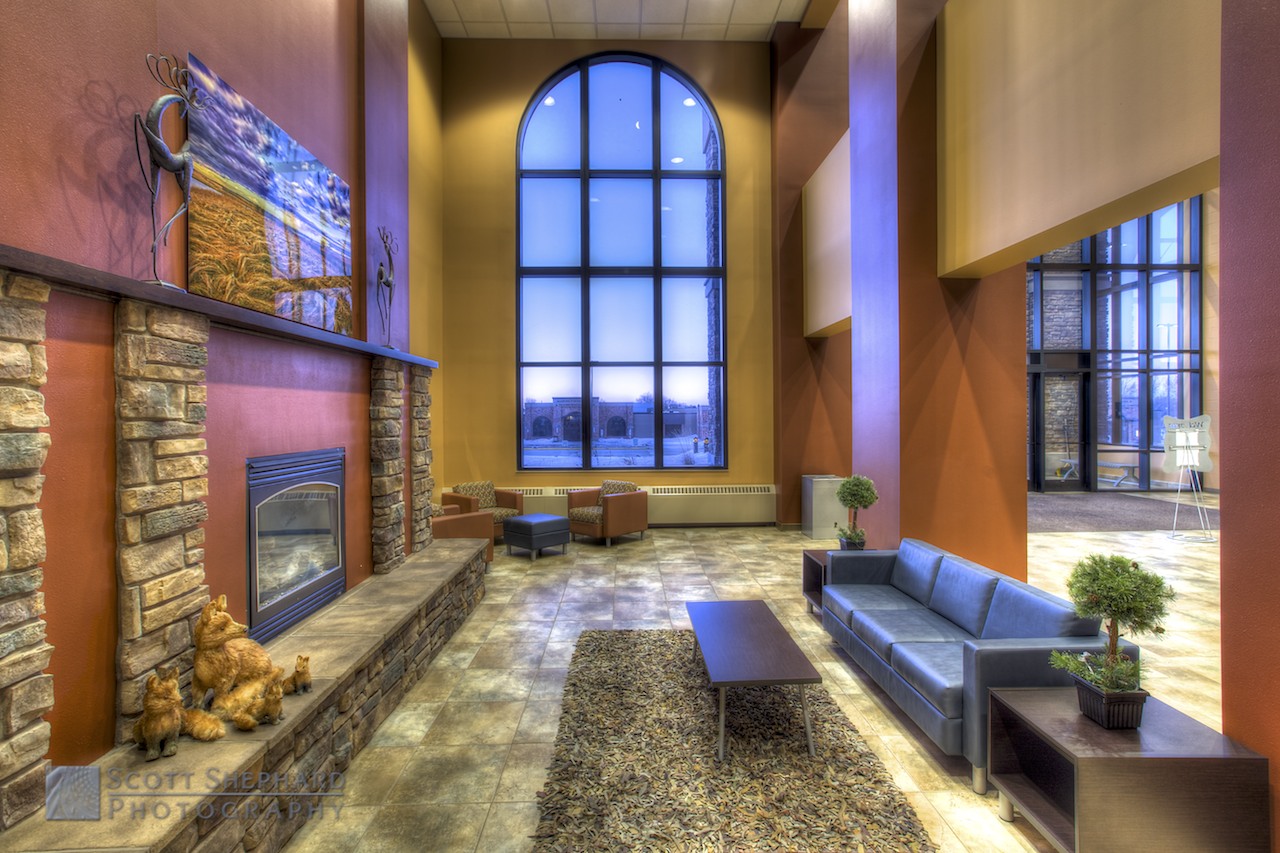The second and final step is importing the photos into software that is designed to combine the photos and leave the best parts of them for the final product. The software that I use the most is Photomatix, but there are others available. And with a little tweaking, you end up with something that looks like this
The snow has texture, but the rocks and their color are visible beneath the water. And I also like how the falling snow is blurred but visible in this photo.
What Is Reality?
Is HDR "real" photography? Without getting into the heavy stuff today, I would assert that no photo is "real" in that when you look at a photo, you are really seeing millions of colored and shaded squares (or dots if it's a print). And a photo is flat. And we all know that the world is not flat.
So an HDR photo is as real as any other. The temptation we have with HDR software is to apply strange and marvelous software filters to our photos (click for an example). My own philosophy is that the primary goal of HDR photography is to cover the range of shades in a scene without having the photo look over processed. Though I sometimes use filters, I teach my students that software filters are fads and we all know where fads go. Consider bell bottoms, pet rocks, mood rings and Cabbage Patch Kids. . . .
What do you think? Do you like HDR photos? (Or bell bottoms, pet rocks and Cabbage Patch Kids?)






